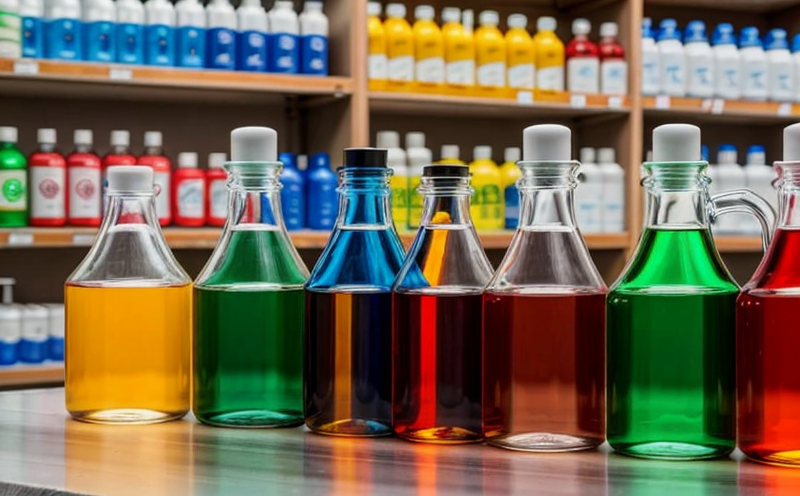NF EN 16711 Testing of lead and cadmium in fabrics
The NF EN 16711 standard is a critical tool for ensuring the safety and compliance of textile products, particularly when it comes to the presence of harmful metals like lead and cadmium. This testing method provides a standardized approach to determining the concentration levels of these elements within various types of fabrics used in consumer goods.
Lead and cadmium are known to be highly toxic heavy metals that can pose significant health risks if ingested or absorbed through skin contact. The European Union's Restriction on Hazardous Substances (RoHS) directive has made it mandatory for manufacturers of electrical and electronic equipment to limit the use of certain hazardous substances, including lead and cadmium. However, their presence in textiles is also a concern due to potential leaching into the environment or direct human exposure.
The NF EN 16711 procedure involves several key steps that ensure accurate measurement and interpretation of results. Specimens are first prepared by cutting them into appropriate sizes for analysis. The chosen analytical technique typically uses inductively coupled plasma mass spectrometry (ICP-MS) or atomic absorption spectroscopy (AAS), both capable of detecting trace amounts of metals with high precision.
The process begins with the dissolution of the fabric samples, followed by purification steps to eliminate interferences and ensure accurate measurements. Once prepared, the solutions are then analyzed according to NF EN 16711 requirements for lead (Pb) and cadmium (Cd). The results provide quantitative data on the concentration levels of these elements within each sample.
Interpretation of these findings is crucial as they directly impact product safety and regulatory compliance. Compliance officers must stay updated with current standards such as NF EN 16711 to ensure that their products meet all necessary requirements, thereby protecting both consumers and the environment from harmful substances.
In addition to meeting legal obligations under RoHS and other relevant regulations, companies also benefit from conducting internal quality checks. This not only enhances brand reputation but also helps maintain long-term relationships with customers who value sustainable practices. By adhering to strict testing protocols like NF EN 16711, businesses can demonstrate their commitment to responsible manufacturing processes.
| Standard Reference | Title |
|---|---|
| NF EN 16711:2019 | Test method for the determination of lead and cadmium in textile materials by inductively coupled plasma mass spectrometry (ICP-MS) |
Applied Standards
The NF EN 16711 standard specifies the methodology for determining lead and cadmium concentrations in textile materials using ICP-MS. This international harmonized approach ensures consistency across different laboratories worldwide, making it easier to compare results and ensure accurate compliance assessments.
| Step | Description |
|---|---|
| Sample Collection | Select representative samples from production batches. |
| Dissolution | Use appropriate solvents to dissolve fabric samples. |
| Purification | Remove interfering ions and organic matter using specified procedures. |
Eurolab Advantages
Eurolab offers a comprehensive suite of services tailored to meet the specific needs of the textile industry regarding chemical testing for restricted substances. Our state-of-the-art laboratory facilities equipped with advanced instrumentation provide precise and reliable results, ensuring that all samples are analyzed according to NF EN 16711 standards.
- Accurate measurement down to trace levels
- Comprehensive analytical services covering a wide range of textile materials
- Experienced scientists with extensive knowledge in regulatory compliance
- Swift turnaround times for prompt decision-making
Competitive Advantage and Market Impact
By incorporating NF EN 16711 testing into their quality assurance programs, companies can stay ahead of regulatory changes and maintain a competitive edge in the market. Ensuring compliance with these stringent requirements not only protects brand reputation but also fosters trust among consumers.
- Prompt identification of non-compliant batches
- Reduction in potential recalls and associated costs
- Increase in customer satisfaction through adherence to high standards
- Enhanced market position due to demonstrated commitment to safety and sustainability





